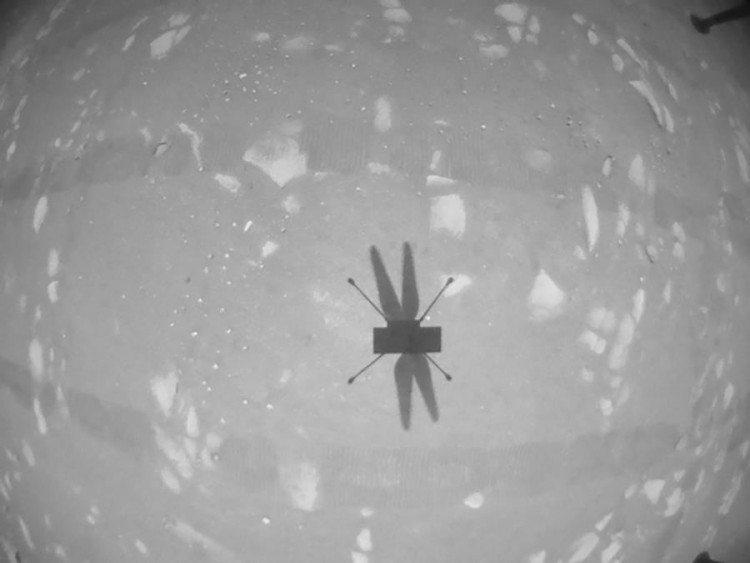Two miniature helicopters will now be used in the effort to transport pure Martian samples to Earth. Today (July 27), NASA officials participating in the Mars sample return (MSR) initiative disclosed that they intend to modify the mission, ditching a prior idea that called for an ESA "fetch rover" to land on its own lander.
The mission of NASA's Perseverance rover, which is anticipated to still be operational in 2031 when a NASA MSR lander touches down, will now be to deliver the samples it is gathering and caching to the Mars ascent vehicle. Two helicopters similar to Ingenuity, which landed beside Perseverance last year, will be the fallback plan to pick up the caches themselves in the event that doesn't work.
In terms of size and mass, the helicopters would be comparable to Ingenuity, but with two significant distinctions, NASA MSR program manager Richard Cook told reporters at a conference today.
A mini robotic arm on each of the craft will allow the drones to pick up the sample tubes Perseverance leaves behind, if necessary. "There will be landing legs that include, at the bottom of them, mobility wheels," Cook explained, adding that this new capability will allow the helicopters to "traverse across the surface."
If the helicopters are required for this task, they will fly to a location close to the Mars ascent vehicle after landing near a sample tube and rolling over to pick it up. Following the touchdown, the helicopters will approach the vehicle and drop the sample close to a recently revealed transfer arm that was created by the ESA.
Due to the redesign choice, there won't be any ESA rovers landing on Mars anytime soon. However, the alliance asserts that the novel idea might also enable NASA and ESA to carry out the challenging sample return effort for less money and with less difficulty.
"The engineer in me was fascinated by the sample rover, because it's designed to travel much faster than previous Mars rovers, probably about four or five times as quickly over the surface," David Parker, director of ESA's human and robotic exploration, told the reporters.
The revised MSR plan is still being worked out in some areas. Officials have not yet estimated the cost, but they believe that sending just one lander to Mars will be much less expensive than sending two.
The purpose of the helicopters is similarly unclear, however, they might be instructed to keep an eye on the vicinity of the Martian ascension vehicle or the rocket as it departs the Red Planet.



